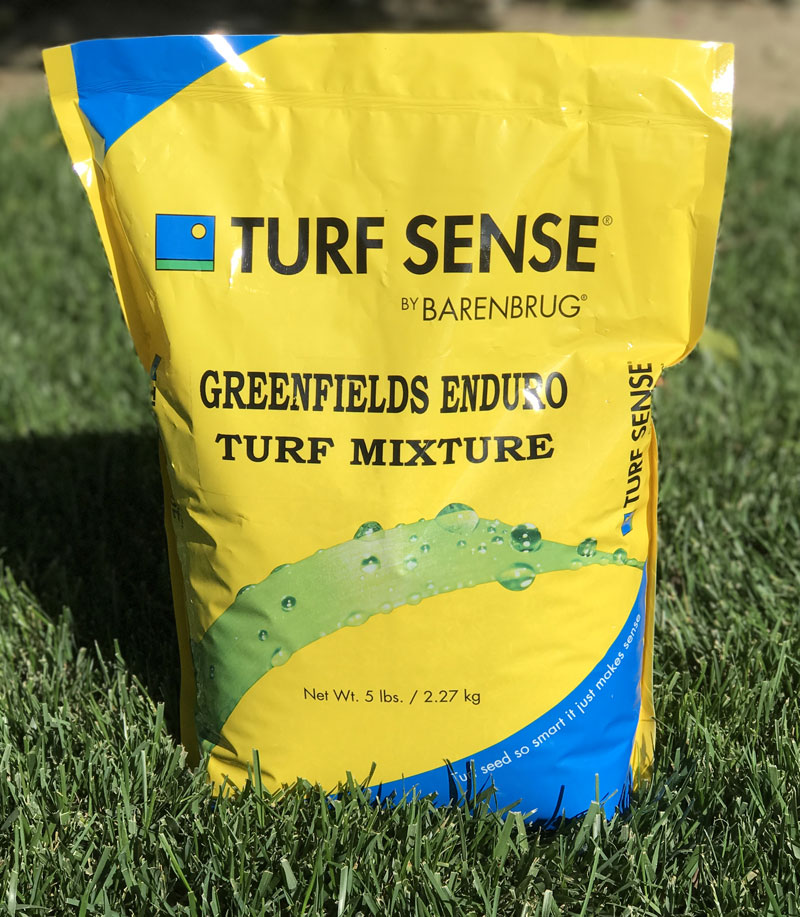Greenfields Enduro Seed
Click here to download & print our Seeding Rates & Procedures Guide
Click here to download & print our Seeding Rates & Procedures Guide


Simple, regular maintenance tasks go a long way in creating a thicker, healthier lawn. Almost any lawn can benefit from aeration when it’s timed well and done properly.